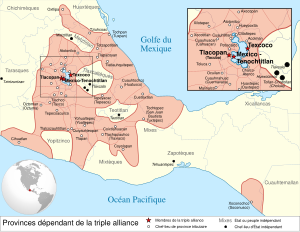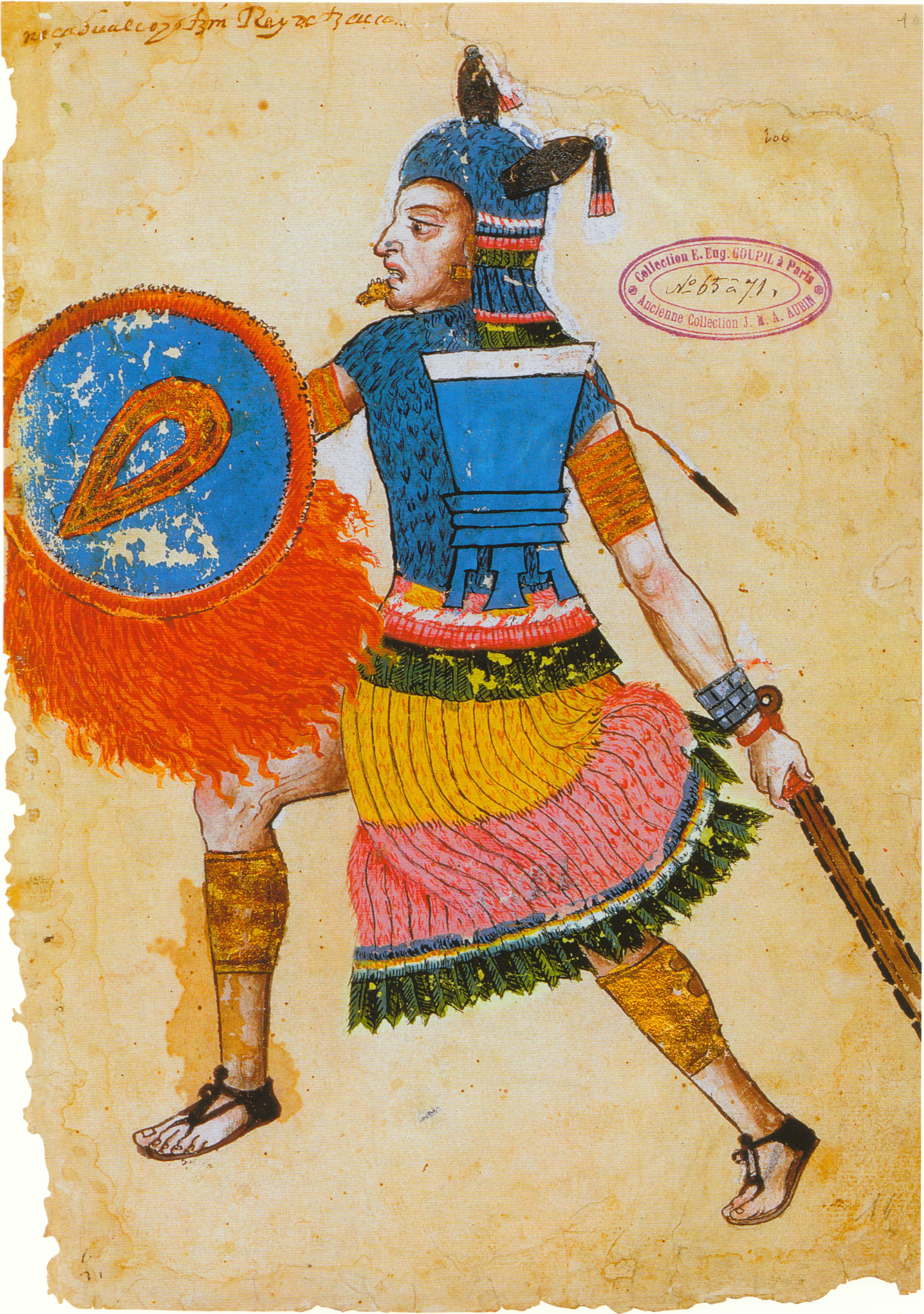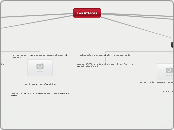Los Aztecas
los sociales
divided into 7 calpulli(clans)
orgainzation including distribution of land, head of households,labor gangs and miltary units, temple, and school
governed by heads of families
capulli were not equal
as aztecs gained power, new classes emerged
prominent NOBLE families of calpulli = local leadership
overshadowed by military and administrative nobility of aztec state
later distinction and broke away from capulli
symbls of rank = clothing and hairstyle
new class of workers(like serf) worked on their private langs
born into nobility(no mobility)
controlled priesthood and military leadership
scribes, artisans and healers
merchants
own patron gods, privelages and divisions
served as spies/agents for military
ROLE OF WOMEN
peasant women
domestic duties in household(cooking, cleaning, and kids)
weaving skill
nobility women = polygamy
inherit land/money and pass on to heirs
las politicas
valley broken up into city states
aztecs took marsh island in center, became city called Tenochtitlan--> led to aztec domination

supreme ruler
each city state had a leader called a speaker
the Great Speaker in Tenochtitlan
emperor with private wealth and public power
considered a living god
elected by royal family
governing council, alliance of leaders from city states but in reality all power inhands of aztec ruler
military power = supreme position because of increased conquest

for tributes and sacrafice victims
political domination without direct administrative or territorial control
los interaciones
settlements formed around lakes = population center
group of 10,000 that migrated to shores of Lake Texcoco in central valley of mexico
TECHNOLOGY

women grinded corn(maiz) on stone boards called metates
took 6 hours
no wheel or animal power to make work simpler
population reached 20 million people
la cultura
took toltec language, Nahuatl
RELIGOUN
worshiped gods of nature
gods of fertility and agricultural cysle
Tlaloc=god of rain
creator gods
cult of warfare and sacrafices
tribal patron and leader= Huizilopochtli
.jpg/300px-Codex_Magliabechiano_(141_cropped).jpg)
god of the sun--> his strength was human hearts blood, therefore sacrafices
Nezhualcoyotl, king of Texcoco

believed in invisible force that supported all gods
wondered about afterlife
art and poetry
images of flowers birds and songs
human hearts and blood
belived world ended 4 times already and would do so again(calender)
la economica
traditional forms of agriculture

chinampas (irrigation)
frames that produced artificial floating islands
4 corn crops/yr
local clans apportioned lands
nobles had private estates, which peasants and slaves worked on
Tlatelolco
barter trade
controlled by the merchant class or pochteca who specialized in long distance trade
luxury ites like birds and cacao
state controlled use and and discribution of tributes
payments = food, slaves, and sacraficial victims
